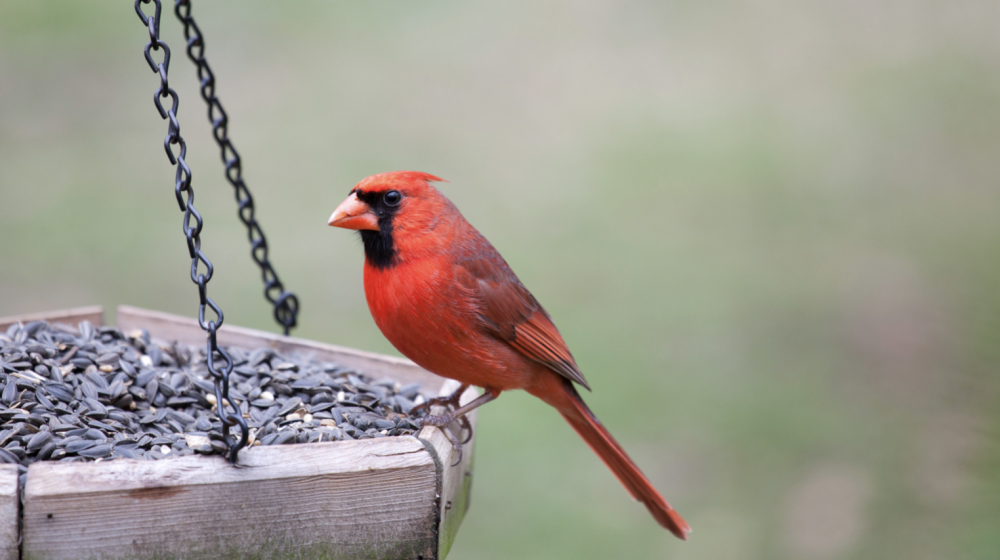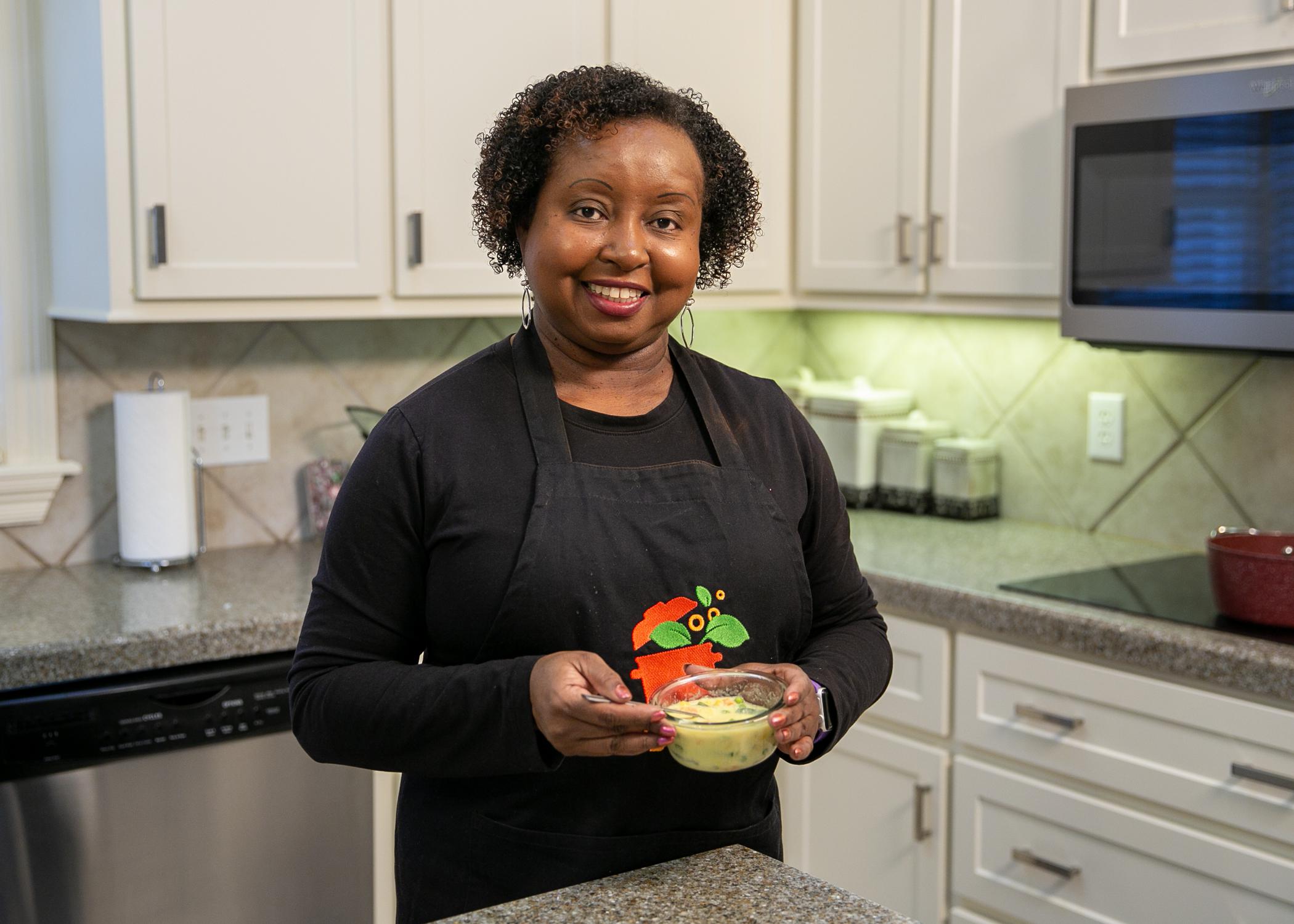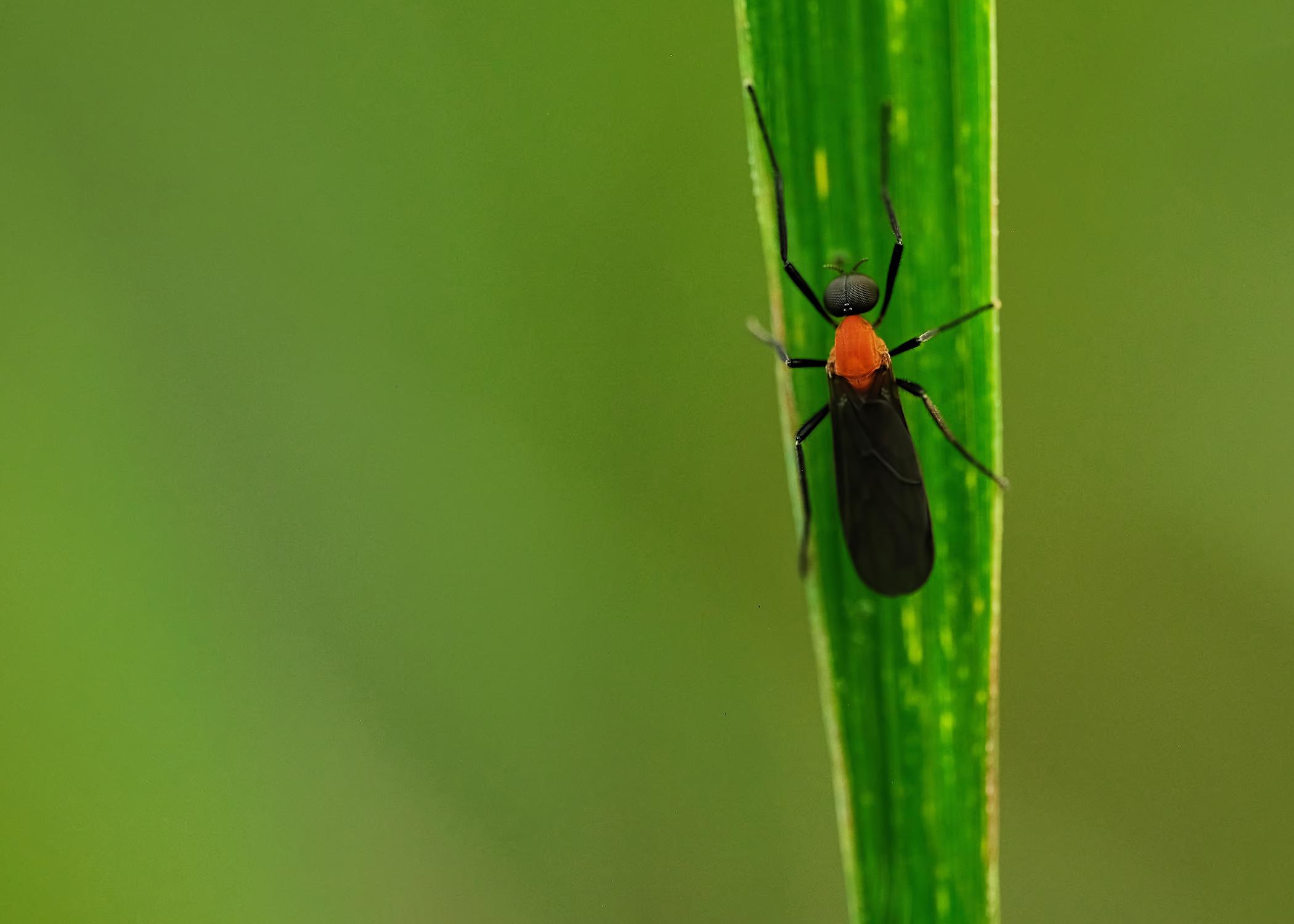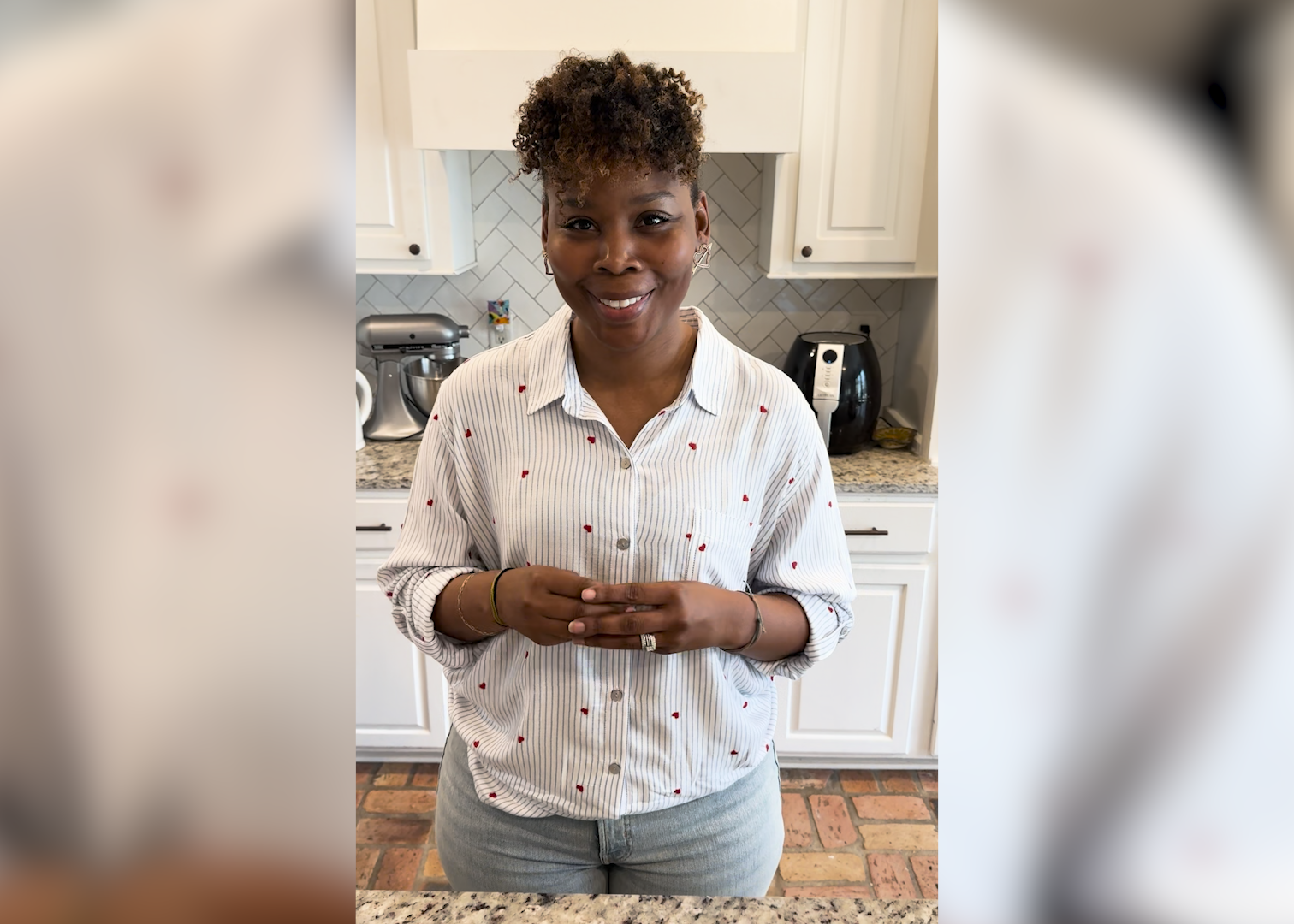How to Choose a Bird Feeder

The type of bird feeder you choose depends mainly on the types of birds you want to see.
Want your feathered friends to have a supplemental source of food this winter? Set out a bird feeder for them. There are many types of bird feeders, but they are not all created equal. Different types of feeders attract different types of birds.
You can use one or a combination of these common feeder types:
Tray or Platform Feeders
Tray or platform feeders attract the widest variety of birds. However, squirrels and chipmunks also love to feed at them. Be sure to use a squirrel baffle to deter these little critters if you don’t want to feed them too. Look for feeders with a screened bottom that can be easily removed. This will help keep birdseed dry and make cleaning easier.
Birds they attract include: towhees, juncos, and sparrows
Hopper Feeders
Hopper feeders look like little houses. They do a good job of keeping seed dry and can hold several days’ worth of seed. However, fungus and bacteria can grow if the seed gets wet, which can be dangerous for birds. Cleaning hopper feeders takes more time than with tray feeders because of the construction. You’ll need a squirrel baffle for this type of feeder as well.
Birds they attract include: cardinals, jays and doves
Tube Feeders
Tube feeders can attract a variety of birds based on the type of seed you use and whether the perch is above or below the feeding port. Seed is kept clean and dry for the most part. But be sure to frequently check the very bottom of some tube feeders, which extends below the bottom feeding port. Rainwater can collect in the seed here, causing the seed to mold and posing a danger to the birds.
Birds they attract include: finches, titmice, and chickadees
Suet Feeders
Suet feeders are little wire mesh boxes that hold a suet cake. Some are plastic-coated. They can be mounted to a pole, tree, or the side of a hopper feeder.
Birds they attract include: All birds enjoy suet.
Window Feeders
Window feeders attach to the window glass with a suction cup or can be hooked into window frames. Seed gets soiled easily because birds stand on the seed while feeding. These feeders should be emptied and cleaned daily. Place these feeders on smaller windows. Putting them on large, picture windows increases the risk of birds colliding with the window as they compete to get to the feeder.
Birds they attract include: finches, chickadees, titmice, and some sparrows.
Nyjer Feeders
Nyjer feeders are long and skinny with very small feeding ports. Some of these feeders are solid, and some are made of a fine mesh. Moisture from rain is more of a concern with the mesh variety. Use only the amount of seed birds can consume in a few days.
Birds they attract include: American goldfinches and pine siskins
Don’t forget to offer a source of clean water, especially important in winter when many sources could be frozen.
Routine cleaning of bird feeders is crucial to bird health. Learn best practices for cleaning and maintaining bird feeders in this Extension Outdoors column.
If you want to get a close-up view, you’ll need a pair of binoculars. Assistant Extension Professor and Urban Wildlife Specialist Adam Rohnke takes you through the steps to set them properly in this video.
For more information about how to attract birds and other wildlife to your landscape, check out our Extension website.
For more information about birds, visit allaboutbirds.org, a website of the Cornell Lab of Ornithology.
Subscribe to Extension for Real Life
Fill in the information below to receive a weekly update of our blog posts.









